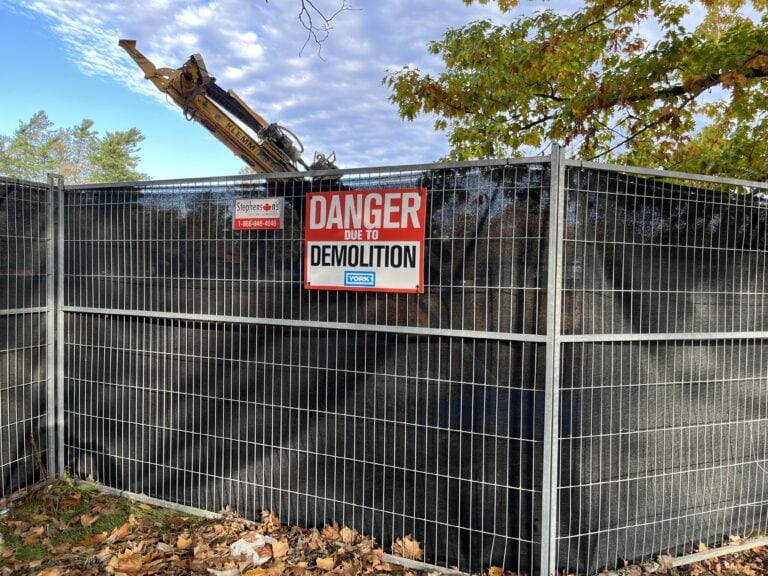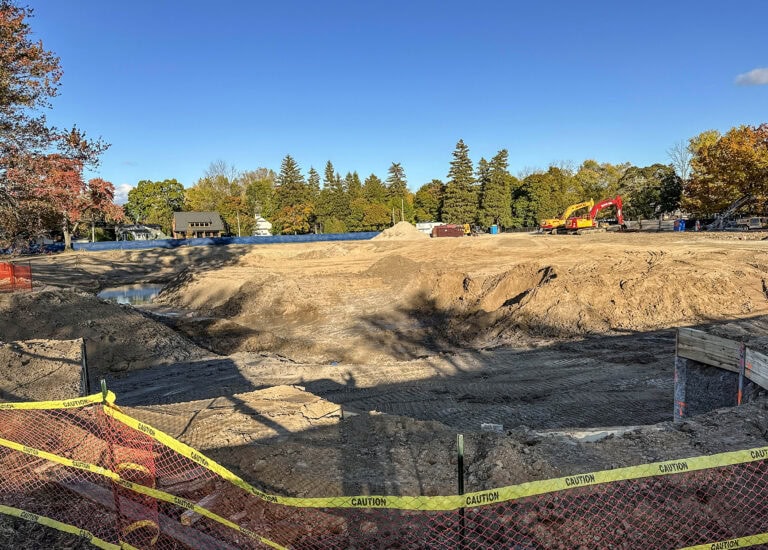Carolyn Chandler-Hill
Special to The Lake Report
This weekend, I watched my 75-year-old parents struggle to maintain their gardens and lawn on their beautiful half-acre lakefront property in the north end of Niagara.
I know — first-world problems, right? No one fell. No one got heatstroke. They didn’t ask for help.
Fortunately, my son was there and did most of the heavy lifting. But still, I saw how hard it was for them. And I know not everyone has the kind of support they have.
This is the home they’ve lovingly maintained for more than 40 years. It’s the same place that’s hosted countless reunions, celebrations, and visitors from around the world. And now, in their later years, it has become a source of physical strain instead of pride and comfort.
The worst part? Unless one of them ends up in the ER, there’s almost no way to get them help at home without paying fully out of pocket.
Why do we wait for our elderly citizens to break a hip before we offer them a hand?
As a paramedic, I’ve responded to countless calls where seniors have had car accidents because it’s their only way to get groceries. I’ve helped people who’ve collapsed while shovelling snow or cutting the lawn. I’ve seen the aftermath of falls in grocery stores, in driveways, on staircases.
It’s not that they’re helpless. It’s that we make it too hard for them to get help until it’s already too late.
Ontario Health atHome promotes a “Home First” initiative, which prioritizes continuing recovery at home after a hospital stay. It puts patient health and safety as the top priority, ensuring each person receives “the right care at the right time and in the right place.”
It’s a step in the right direction: placing people in familiar environments, surrounded by the comforts of home, and often leads to faster healing and better mobility.
But the key phrase there is “after a hospital stay.” Why are we only supporting people after they’ve gotten hurt? Shouldn’t the right care at the right time be before the injury happens?
We need to talk about prevention — real, meaningful, everyday prevention. And we need to fund it.
Supporting people at home with health care dollars, before a crisis hits — through transportation assistance, home maintenance support, meal delivery, and basic in-home services like occupational therapy — would not only reduce injuries but would be far more cost-effective than treating them after the fact.
“In general, supporting individuals at home is more cost-effective than supporting them in long-term or residential care, and certainly more cost-effective than in an acute care bed in the hospital” (Thompson, 2023).
Let’s break that down. The average cost of a hip replacement in Canada is over $7,600. Add in a hospital-acquired pneumonia, and you’re looking at an additional $6,700 to $8,600. COVID-19? That can bring the total cost of hospitalization to $23,000 or more (Thompson, 2023).
Compare that to $137 for an occupational therapist in the home for an hour for an assessment, according to a 2023 report from the Canadian Association of Occupational Therapists. Add in a few grab bars or non-slip rugs at under $100 each. Or subsidized yard work that costs a fraction of what a single ER visit does.
The math makes sense. The ethics make sense. The only thing missing is action.
By 2030, Canada’s population over the age of 75 is expected to double. That means we’re running out of time to rethink how we care for our aging population.
We can’t keep cutting costs, services and privatizing our system, crossing our fingers that people won’t get hurt. Prevention isn’t just compassionate — it’s economically sound.
If we can send billionaires to space, surely we can help our parents stay safely on their front porch.
Carolyn Chandler-Hill is the daughter of longtime Niagara-on-the-Lake residents Betty Ann and Rick Chandler.









